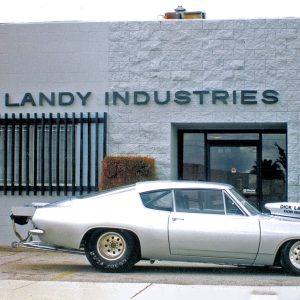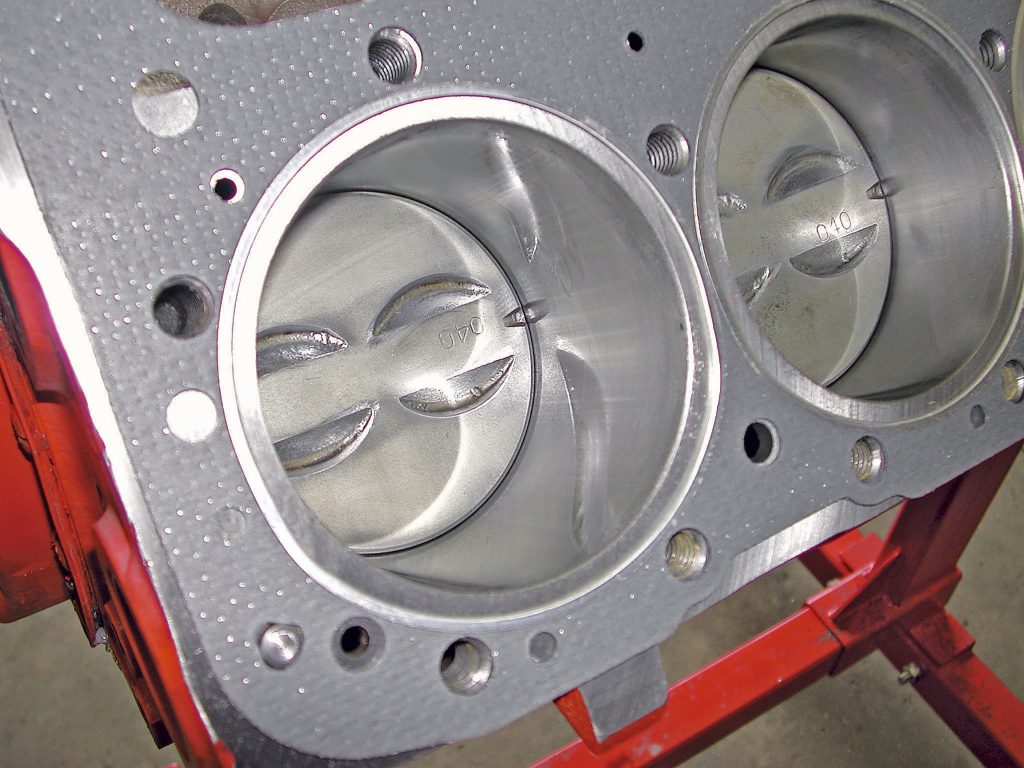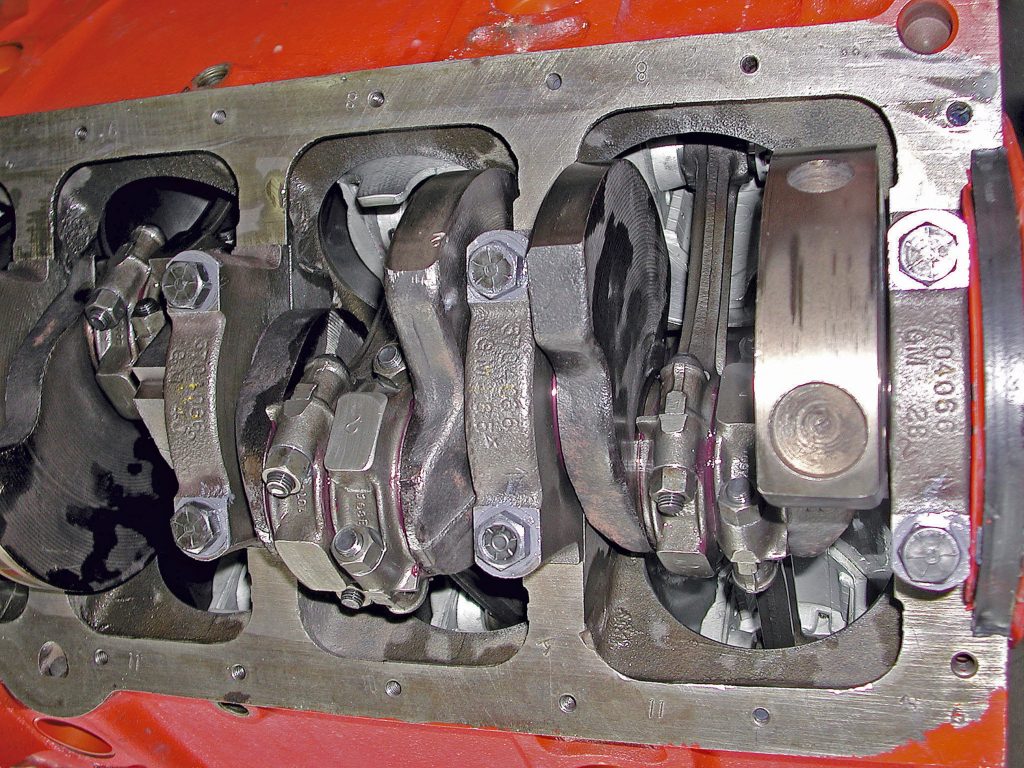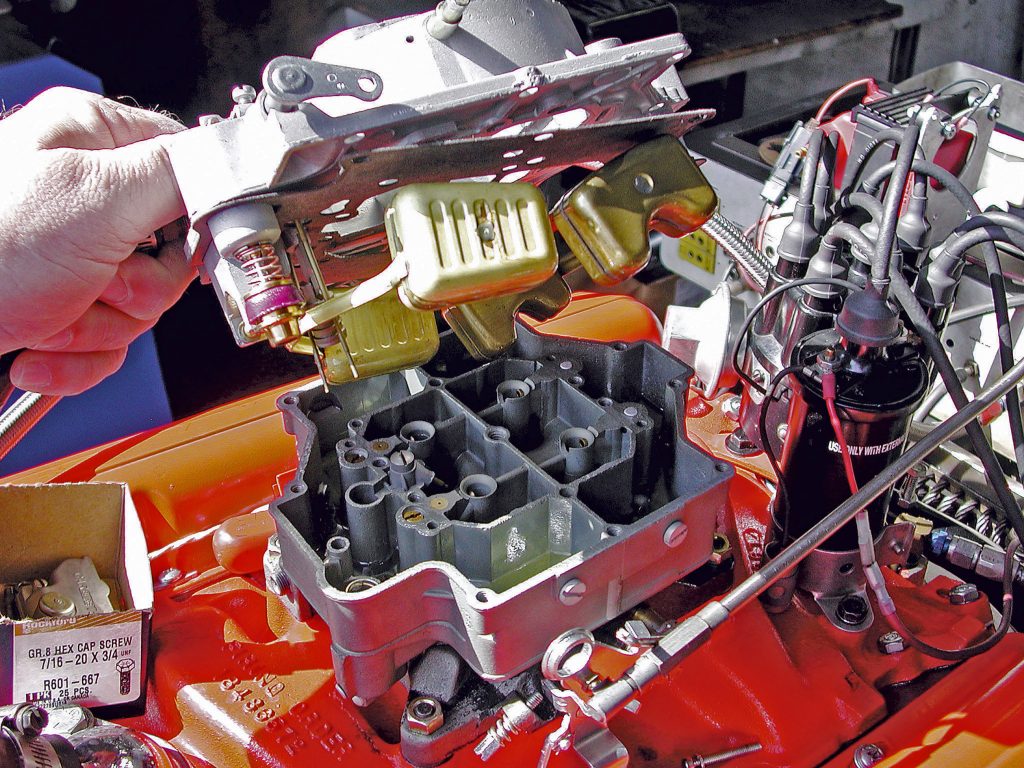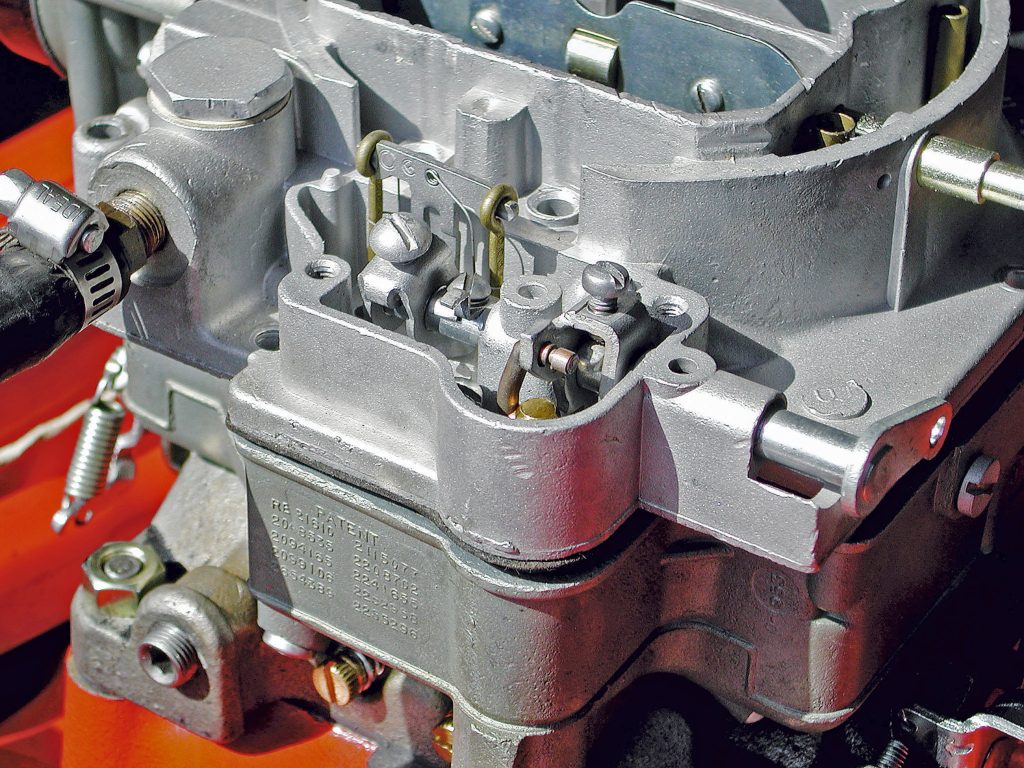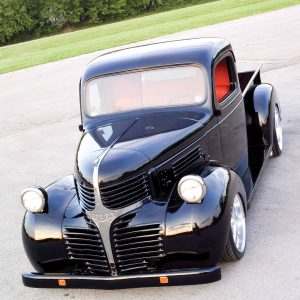
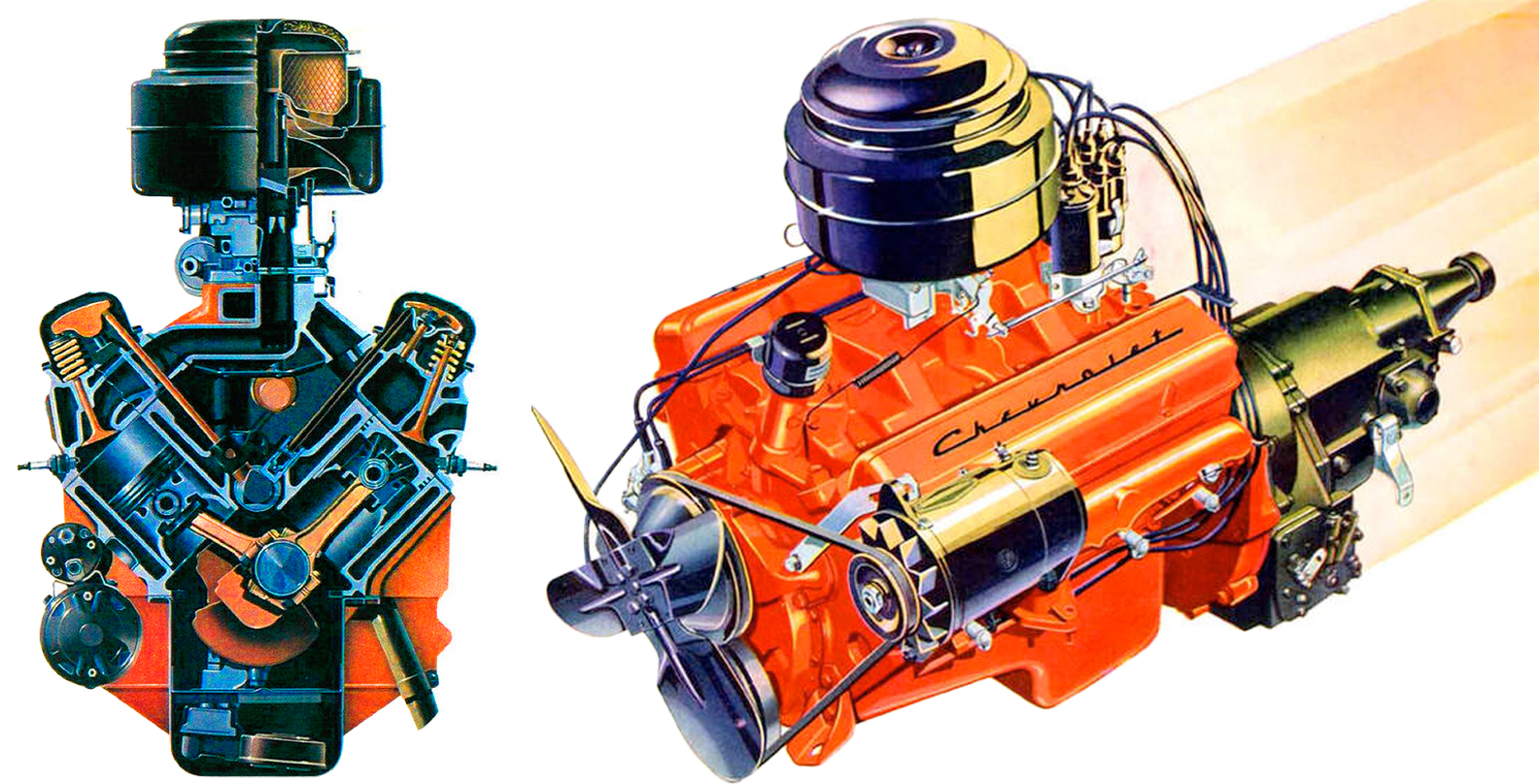

THE AUTO BUILDER
Featured


Re-Rigging For Aesthetics

Remembering Hot-Rodding Pioneer Richard Peters
- All Post
- 20 High Priority - SR Super Rod
- Builds
- 25 High Priority - FB Ford Builder
- Cars
- 30 High Priority - AR American Rodder
- 01 Post Status
- 35 High Priority - RD Rodders Digest
- 40 High Priority - OTR On the Road
- 45 High Priority - SRB Street Rod Builder
- 50 High Priority - TB Truck Builder
- 55 High Priority - BSCENE Buckaroo Scene
- 60 High Priority - FPB Family Power Boat
- Trucks
- Swaps
- Performance Boats
- _000 Home Sliders
- Builders
- 00 Sidebars
- Manufacturers
- 05 High Priority - HCI Hot Compact Imports
- 05 Publications
- 10 High Priority - CR Chevy Rumble
- Back
- Chassis
- Engine
- Fuel System
- Electrical
- Exhaust
- Transmission / Drivetrain
- Suspension
- Steering
- Brakes
- Wheels and Tires
- Interior
- Exterior
- Accessories
- Power Adders
- Back
- Chassis
- Engine
- Fuel System
- Electrical
- Exhaust
- Transmission / Drivetrain
- Suspension
- Steering
- Brakes
- Wheels and Tires
- Interior
- Exterior
- Accessories
- Power Adders
- Back
- Chassis
- Engine
- Electrical
- Exhaust
- Fuel System
- Transmission / Drivetrain
- Suspension
- Steering
- Brakes
- Wheels and Tires
- Interior
- Exterior
- Accessories
- Power Adders
- Back
- Chassis
- Engine
- Electrical
- Exhaust
- Fuel System
- Transmission / Drivetrain
- Suspension
- Steering
- Brakes
- Wheels and Tires
- Interior
- Exterior
- Accessories
- Power Adders
- Back
- Chassis
- Engine
- Fuel System
- Electrical
- Exhaust
- Transmission / Drivetrain
- Suspension
- Steering
- Brakes
- Wheels and Tires
- Interior
- Exterior
- Accessories
- Power Adders
- Back
- Chassis
- Engine
- Fuel System
- Electrical
- Exhaust
- Transmission / Drivetrain
- Suspension
- Steering
- Brakes
- Wheels and Tires
- Interior
- Exterior
- Accessories
- Power Adders
- Back
- Chassis
- Engine
- Fuel System
- Electrical
- Exhaust
- Transmission / Drivetrain
- Suspension
- Steering
- Brakes
- Wheels and Tires
- Interior
- Exterior
- Accessories
- Power Adders
- Back
- Engine
- Fuel System
- Electrical
- Outdrives
- Steering
- Interior
- Accessories
- Power Adders
- Exterior and Hull
- Back
- Chassis
- Engine
- Electrical
- Exhaust
- Fuel System
- Transmission / Drivetrain
- Suspension
- Steering
- Brakes
- Wheels and Tires
- Interior
- Exterior
- Accessories
- Power Adders
- Back
- Chevrolet
- Cadillac
- Pontiac
- AMC
- Buick
- Jeep
- Lincoln
- Ford
- Honda
- GMC
- BMW
- Mitsubishi
- Dodge
- Nissan
- Chrysler
- Subaru
- Toyota
- Plymouth
- Mercury
- Volvo
- Volkswagen
- Oldsmobile
- Acura
- Back
- 05 Pub HCI Hot Compact Imports
- 15 Pub 4x4 4x4 Builder
- 20 Pub SR Super Rod
- 25 Pub FB Ford Builder
- 30 Pub AR American Rodder
- 35 Pub RD Rodders Digest
- 40 Pub OTR On the Road
- 55 Pub BSCENE Buckaroo Scene
- 10 Pub CR Chevy Rumble
- 50 Pub TB Truck Builder
- 60 Pub FPB Family Power Boat
- 45 Pub SRB Street Rod Builder
- Back
- Chip Foose
- Ring Brothers
- Jack Fuller
- Bob Cullipher
- Jerry Nichols
- Bobby Alloway
- Jesse James
- Carl Casper
- J.F. Launier
- Steve Sellers
- Boyd Coddington
- Rad Rides by Troy
- Cal Auto Creations
- George Barris
- West Coast Customs
- Back
- Street Rods
- Hot Rods
- Late Model
- Drag Race
- Handling
- Compact Cars
- Chassis
- Engine
- Fuel System
- Electrical
- Exhaust
- Transmission / Drivetrain
- Suspension
- Steering
- Brakes
- Wheels and Tires
- Interior
- Exterior
- Accessories
- Power Adders
- Chassis
- Engine
- Fuel System
- Electrical
- Exhaust
- Transmission / Drivetrain
- Suspension
- Steering
- Brakes
- Wheels and Tires
- Interior
- Exterior
- Accessories
- Power Adders
- Chassis
- Engine
- Electrical
- Exhaust
- Fuel System
- Transmission / Drivetrain
- Suspension
- Steering
- Brakes
- Wheels and Tires
- Interior
- Exterior
- Accessories
- Power Adders
- Chassis
- Engine
- Electrical
- Exhaust
- Fuel System
- Transmission / Drivetrain
- Suspension
- Steering
- Brakes
- Wheels and Tires
- Interior
- Exterior
- Accessories
- Power Adders
- Chassis
- Engine
- Electrical
- Exhaust
- Fuel System
- Transmission / Drivetrain
- Suspension
- Steering
- Brakes
- Wheels and Tires
- Interior
- Exterior
- Accessories
- Power Adders
- Chassis
- Engine
- Fuel System
- Electrical
- Exhaust
- Transmission / Drivetrain
- Suspension
- Steering
- Brakes
- Wheels and Tires
- Interior
- Exterior
- Accessories
- Power Adders
- Back
- 05 Post Imported
- 20 Post Missing Images (All)
- 25 Post Missing Images (Partial)
- 15 Post In Progress
- 30 Post Internal Review
- 40 Post On Hold
- 50 Post Approved
- 10 Post Images Imported
- 17 Post Missing TXT Files
- 18 Post Missing PDF Files
- 27 Post Missing Content
- Back
- Chassis
- Engine Swaps
- Interior Swaps
- Driveline
- Back
- Street Trucks
- OffRoad Trucks
- Chassis
- Engine
- Fuel System
- Electrical
- Exhaust
- Transmission / Drivetrain
- Suspension
- Steering
- Brakes
- Wheels and Tires
- Interior
- Exterior
- Accessories
- Power Adders
- Chassis
- Engine
- Fuel System
- Electrical
- Exhaust
- Transmission / Drivetrain
- Suspension
- Steering
- Brakes
- Wheels and Tires
- Interior
- Exterior
- Accessories
- Power Adders
- Back
- 01 Sidebar Left
- 01 Sidebar Right
Spotlighter
POPULAR READS
HOPPING UP A FIRST- GENERATION 265 V-8
Adding 58 HP to a 180HP Stocker
Author

Doug Marion
Words & Photography
The Blueprint
When we heard about this stock 265 and what its plan of attack was, we thought you would enjoy following along and seeing the process up close. All the owner wanted was for it to be blueprinted. He wanted all the horsepower and torque it could produce, but it still had to both idle and look like it was stock. The man to do the blueprinting was none other than renowned engine builder Joe Sherman.
Sherman knew full well that the original 8.0:1-compression ratio left a lot to be desired. He knew it could be measurably raised while allowing the engine to operate on pump gas. Problem: 265 domed pistons are impossible to find. The cylinders had previously been bored out 0.040 inch and there was no apparent wear, so Sherman thought the 0.040-inch oversize flattop pistons would work out fine. He did replace the rings, as well as clean the carbon off the top of each piston. To have an 8.0:1-compression with a flattop piston in a 265 means the cylinder decks are on the “thick” side. Sherman’s dial indicator dictated that the piston tops were 0.050 inch below the deck. His plan was to mill the cylinder block decks down 0.030 inch, leaving a new deck height of 0.020 inch. The original Power Pack heads had 58cc combustion chambers. Sherman got out his calculator and figured out that if they were milled 0.040 inch, they would be reduced to 53 cc. He then calculated both machining numbers and determined that with 4.0-inch bore sandwich head gaskets, the 8.0:1-compression ratio will now be 9.3:1. We were quietly thinking that this blueprinting alone might be worth 20 to 25 more horsepower in the little mighty mouse engine. Knowing that Chevy V-8 combustion chambers like to be smooth and angular, Sherman pocket-ported the heads to measurably increase their flow characteristics. We thought that this would be worth another 15 to 20 hp.
COMP Cams Torque Camshaft
The ’55-’57 265 factory camshaft has a slot in its rear journal so the 1-3-5-7 rocker arms receive oil. Unfortunately, replacement camshafts have not had this slot for probably 40 years. No problem. In 1967, we used a grinder and rat-tail file to create a 2-inch-long groove that was 1/4-inch deep in the rear journal of our new cam. It worked fine. Consult your camshaft manufacturer or machine shop for a recommendation if you plan to update cams in your 265. Sherman inspected the cam in this 265, then proceeded to create a similar notch in the chosen replacement, a Comp Cams hydraulic lifter (grind number XE250H-10, PN 12-230-2). It has a 0.432-inch intake valve lift and a 0.444-inch exhaust valve lift. The duration is 250 degrees on the intake valves and 260 degrees on the exhaust valves. The lobe separation angle is 110 degrees. From years of gas mileage testing and torque motor building in the ’70s and ’80s, we concluded that a valve lift of less than 0.450-inch lift would not adversely effect fuel consumption at part-throttle. We also felt that an advertised duration of 265 degrees or less would make the most torque over the longest and widest rpm range. This cam was right on. You don’t generally need to check for valve spring coil bind and piston-to-valve clearance until you get a cam with around 0.490-inch lift.
Engine Assembly
All piston ring end gap clearances were checked, as was the crankshaft for rotational straightness. Factory-recommended clearances were adhered to throughout. The align bore of the main bearing webs was checked and was within spec. All of the engine’s bolts were then cleaned and inspected for thread rust, corrosion and stretch. The camshaft was degreed in at 2 degrees BTDC. (Note: Most camshafts are at 0 degrees TDC when installed, but when the timing chain stretches from use in 20,000 to 30,000 miles, the camshaft timing retards a few degrees. This takes away bottom-end throttle response and torque output, but gives it back at high rpm. The few horsepower gained back can be super-tuned into the engine, so we think advancing the camshaft 2 to 4 degrees in a street engine is a smart, must-do procedure.) It goes without saying that the engine was assembled clean as a whistle. Because we assume you are a veteran reader and enthusiast, we do not wish to dwell on the engine assembly, unless it is something immensely beneficial. We do advise that you check oil pump pickup positioning with the bottom of the oil pan. This one was about +0.15 inch. In other words, the oil pan did not lie flat on the cork pan gasket. It could have been squeezed down by torquing the pan bolts, but oil seepage between the block and the gasket would have been the messy result. The pickup was repositioned and the pan made good contact with the cork gasket/block rails. To our knowledge, Chevy head gaskets for a 3-7/8-inch cylinder bore have not been available for years. Luckily, a standard 4.0-inch bore gasket for a 350 V-8 works okay. The difference is 1/8 inch in bore size and no block coolant holes interfere.
Maladjusted WCFB Carburetor
This 265 engine featured a nicely rebuilt Carter WCFB four-barrel carburetor, but on the initial start-up runs, the engine kept stalling after a few seconds. Sherman’s engine building and racing career commenced in the early-to-mid ’60s when Carter AFB and Holley carburetors were in vogue. He had no idea how to cure the ailing WCFB carb woes. He was about to call out the dogs for a replacement carb when we volunteered our services. “You know WCFB carbs?” he asked. “Ran ’em from 1961 through 1963. Used to rebuild ’em with our eyes shut,” we replied. “Have at it,” Sherman said, as he ventured into his office to answer an incoming telephone call. Upon inspection, we immediately saw a flailing choke plate. It was not adjusted. Rather than rotate the choke housing, we simply loosened the locknut on the shaft and locked the plate in an open position. Few use a choke in Southern California. We also suspected that the accelerator pump was dry and was not pushing fuel into the primaries every time the throttle was opened. We were half-right. After removing the metering rod/accelerator pump cover, we saw that the pump adjusting mechanism was maladjusted. The accelerator pump was only working 50 percent at best. We quickly adjusted it for a full shot, and then reinstalled the cover. Both fixes took five minutes, tops. Sherman came back and saw yours truly sitting on his dyno chair. “Can’t fix it?” he asked. “Nope, she’s ready to go,” we replied. Sherman then primed the fuel system by turning on his electric pump. The ignition key was switched on and the 265 fired right up and stayed “lit.”
The Dyno Tests
After some steady rpm run time to break in the camshaft, Sherman reduced the engine rpm to idle-speed and proceeded to check the timing. He then blipped the throttle and saw that the distributor advance was working properly, so he took his seat at the dyno controls, pressed a few buttons and pulled the throttle. A number of dyno runs were made and each was no more than 10 seconds in run time. All of the engine vitals, such as water temperature and oil pressure, held true. The total timing had been at 32 to 34 degrees. Each run had produced 230 maximum horsepower. Sherman then bumped the timing to 36 to 38 degrees total. A few more runs were made and total horsepower peaked at a fraction over 238 hp. This 180hp 265ci (bored out to 275) small block was pumping out 58 more horsepower than stock, yet it idled as smoothly as it did when brand new.
We would estimate that 20 to 25 of the 58 horsepower was coaxed out of the engine due to Sherman’s blueprinting. Another 15 hp to 20 hp was from the new Comp Cams camshaft (specifically, its higher valve lift). The rest came from the dyno headers. For the record, indexing the spark plugs and quickening the distributor advance curve would add a few more horsepower. We are sure the owner will address both areas.
Where is this engine headed? Back into its three-on-the-tree, driven-on-weekends, header-equipped, semi-stock-looking classic. Only this time it will be many car lengths quicker and faster, and the steady-state fuel economy will be increased, too.

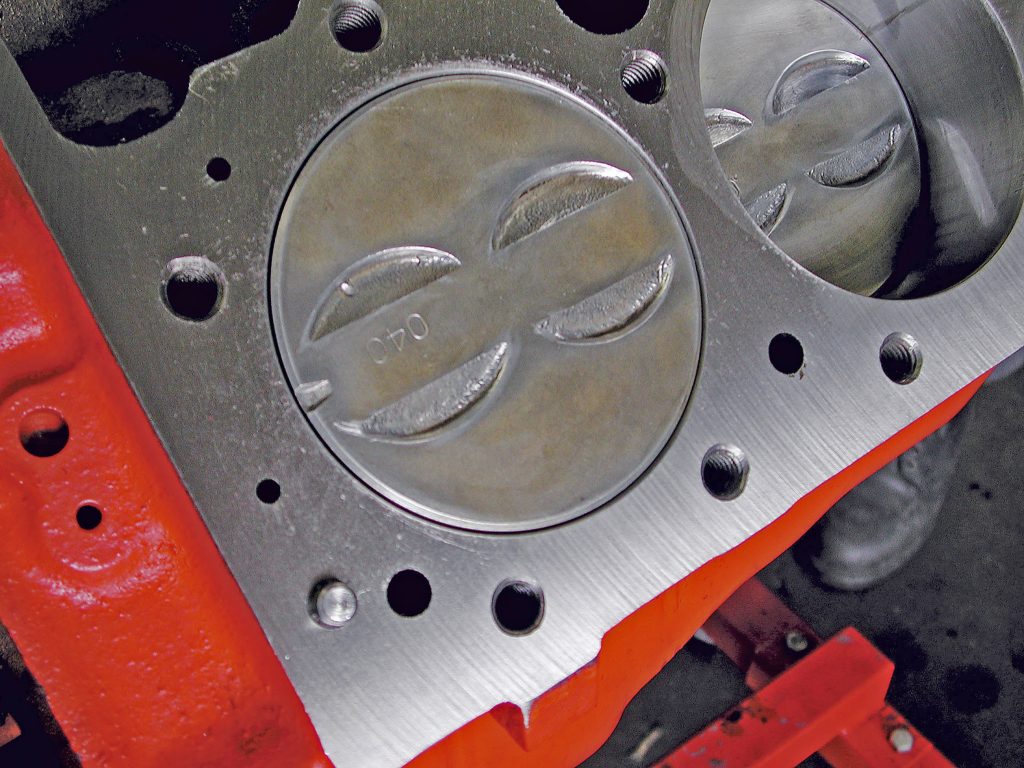
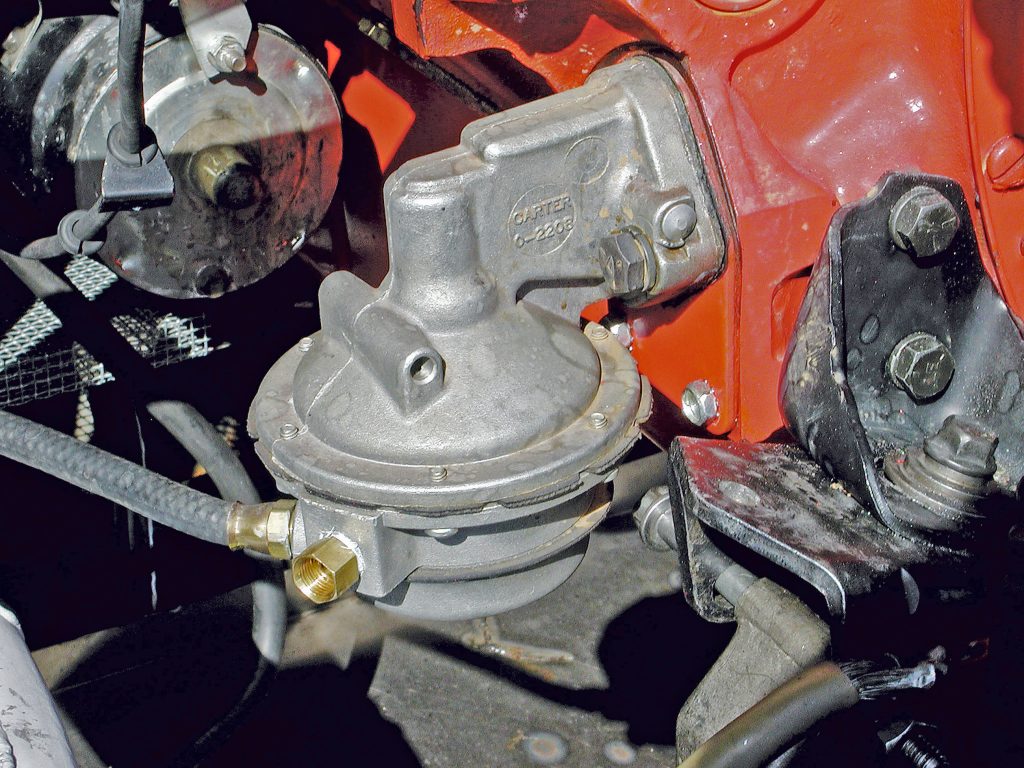

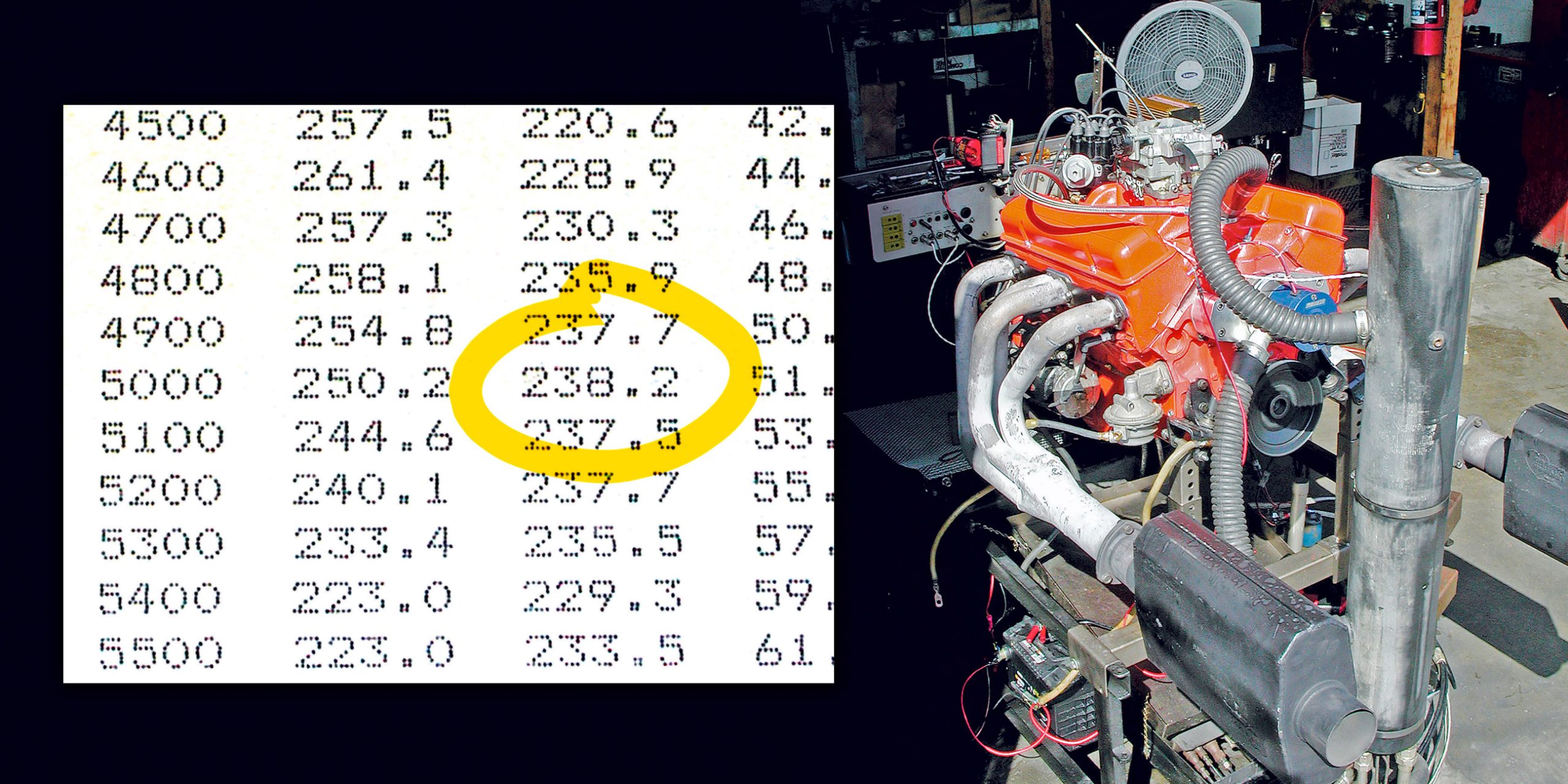
ARTICLE SOURCES
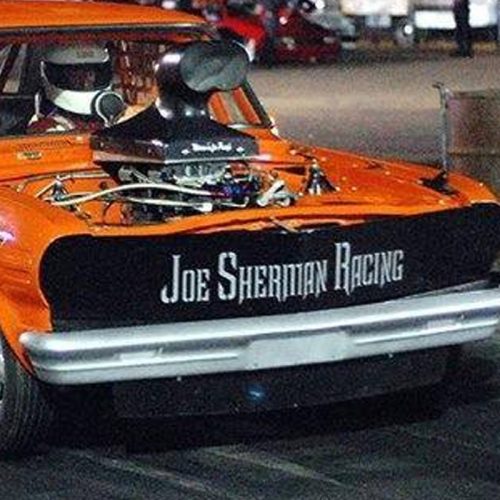
Joe Sherman Racing Engines
2302 W 2nd St
Santa Ana, CA 92703
714/542-0515







